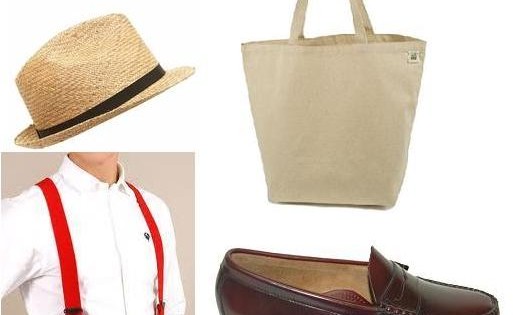With the one of the coldest winters on record coming to a close recently, the simple black cashmere or merino wool turtleneck sweater is a classic. Warm, dashing and flattering.
By Roger Stone
Turtleneck like garments have been worn for several hundred years, dating back to the time of Henry IV. Starting as a staple of the working class, turtlenecks were originally worn by the lower class, athletes, sailors and naval workers.
Noel Coward, a popular actor and scribe in the early 1920’s embraced the turtleneck, it briefly became a fashion trend among the middle class.
During the halfway point of the 20th century, dark colored polo necks were associated with radical academics, philosophers, artists and intellectuals. When turtlenecks became a staple of French philosopher Michael Foucault, well-to-do young men quickly latched on.
Angry lesbians then made them a unisex item. When the 1950’s came around, existentialists claimed the black polo neck. It was at this time that the turtleneck became the “anti-tie,” for those who wanted to get away from the neck-tie.
Throughout the late 20th century, turtlenecks would emphasize neatness and tidiness – increasingly popular amongst preppy Ivy-Leaguers.
Russia’s Vladimir Putin and Andreas Papandreou of Greece are two contemporary world leaders who are quite fond of the turtleneck.
While turtlenecks have historically and controversially acted as a substitute for the shirt and tie, this reasoning is dicey. The turtleneck is casual wear, and should never substitute for any occasion where a shirt and tie are appropriate.
However, Roy Halston Frowick, better known as Halston, said this about turtlenecks:
“Turtlenecks are the most comfortable garment you can wear. They move with the body, and they’re flattering too, because they accentuate the face and elongate the figure. They make life so easy: you can wear a turtleneck to work and then afterwards throw on a jacket, and it becomes very dressy. You can go anywhere you like.”






LEAVE A COMMENT